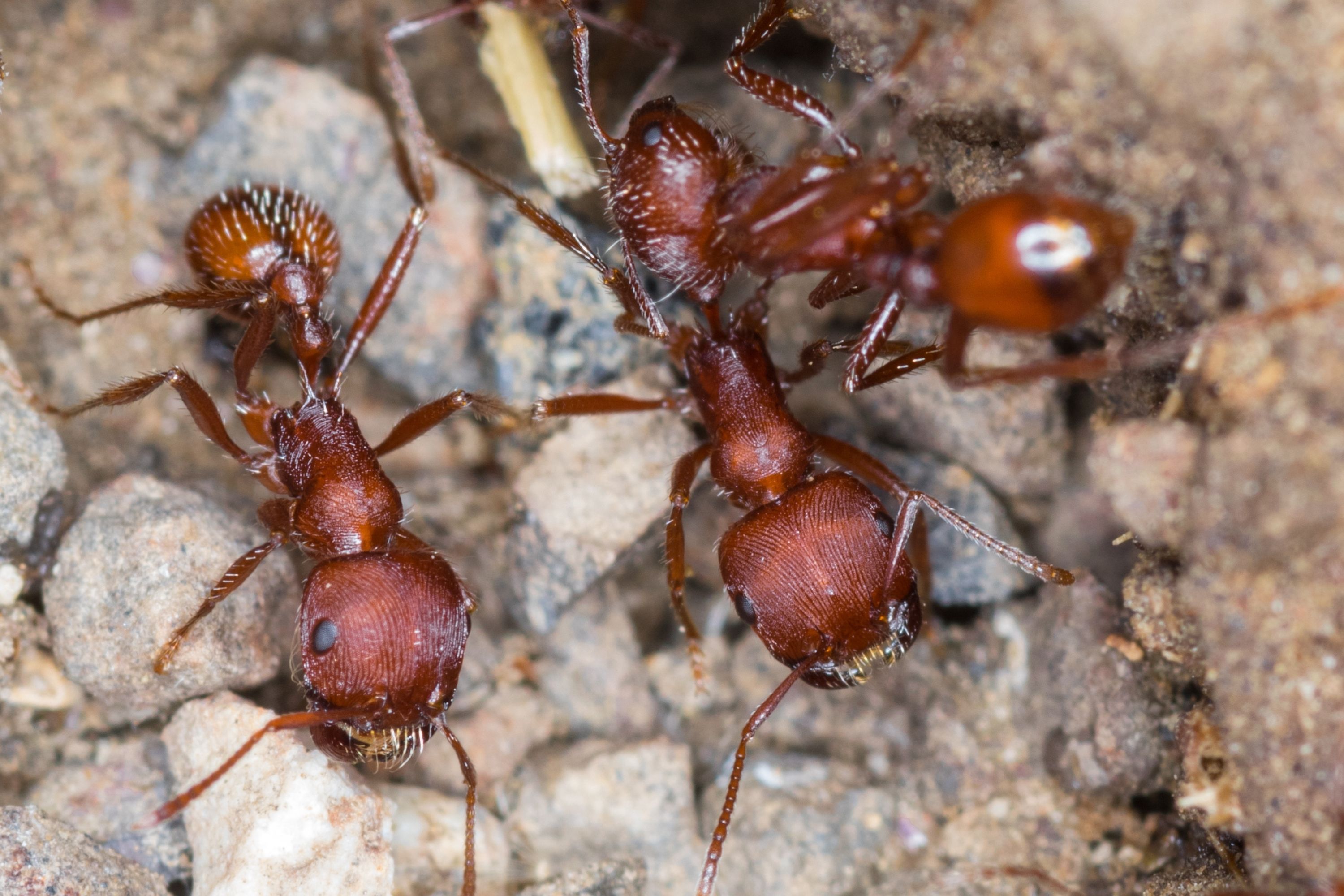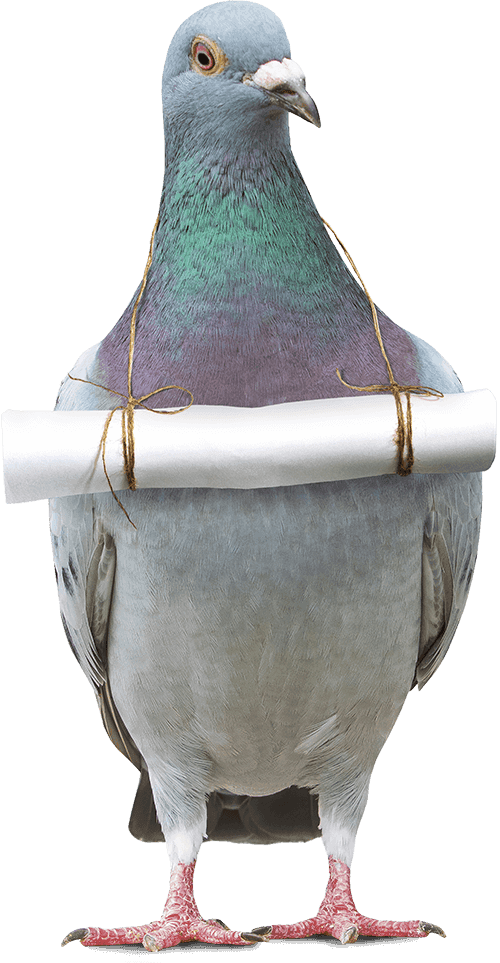Western harvester ant
(Pogonomyrmex occidentalis)

Description
Pogonomyrmex occidentalis, or the western harvester ant, is a species of ant that inhabits the deserts and arid grasslands of the American West at or below 6,300 feet (1,900 m). Like other harvester ants in the genus Pogonomyrmex, it is so called because of its habit of collecting edible seeds and other food items. The specific epithet "occidentalis", meaning "of the west", refers to the fact that it is characteristic of the interior of the Western United States; its mounds of gravel, surrounded by areas denuded of plant life, are a conspicuous feature of rangeland. When numerous, they may cause such loss of grazing plants and seeds, as to constitute both a severe ecological and economic burden. They have a painful and venomous sting. Mature colonies consist of up to 20,000 workers and one queen. A queen can live up to 40 years, and many colonies survive for 20 years. Colonies of the close relative, P. owyheei, contain 1000-3000 brood items and can produce 1000 reproductives, or alates, in a year. A colony inhabits a nest that is up to 5 metres (16 ft) deep. The queen stays at the bottom of the nest, and workers usually relocate themselves and brood within the nest, capturing safe levels of heat. A colony's nest is topped by an irregularly conical nest mound that can be more than 89 centimetres (35 in) in diameter. The composition, shape, and size of the mound differ across plant environments. The mounds of most colonies are surrounded by an area devoid of vegetation, and so do not burn during fires. The soil in the mound is drier than that in the surrounding denuded area. Bigger P. occidentalis colonies (in number of workers) have bigger mounds. Individual queens found colonies on their own, without workers or other queens. Survivorship of colonies in the first year is negatively correlated with increasing density of foundresses. Foraging workers kill queens that they encounter aboveground and occasionally excavate queens. Factors independent of colony density are responsible for >90% of foundress mortality. Queens in some populations found colonies claustrally and in others, semi-claustrally. Many of the eggs laid in the first batch die or are unembryonated. During colony founding, larvae may eat eggs. The first workers produced, known as nanitics, are stunted. They measure 2 mm long (33% shorter than typical workers of established colonies). 2/188 founding queens survived from July to March.
Taxonomic tree:







